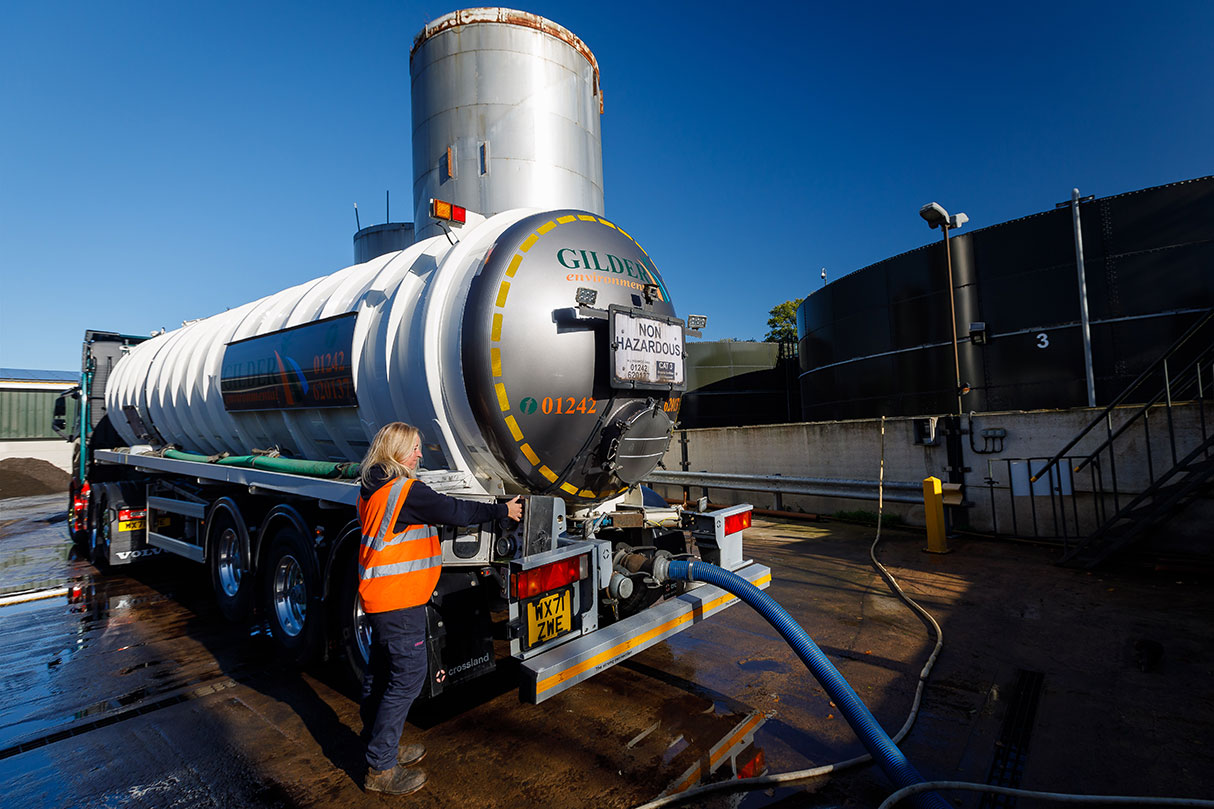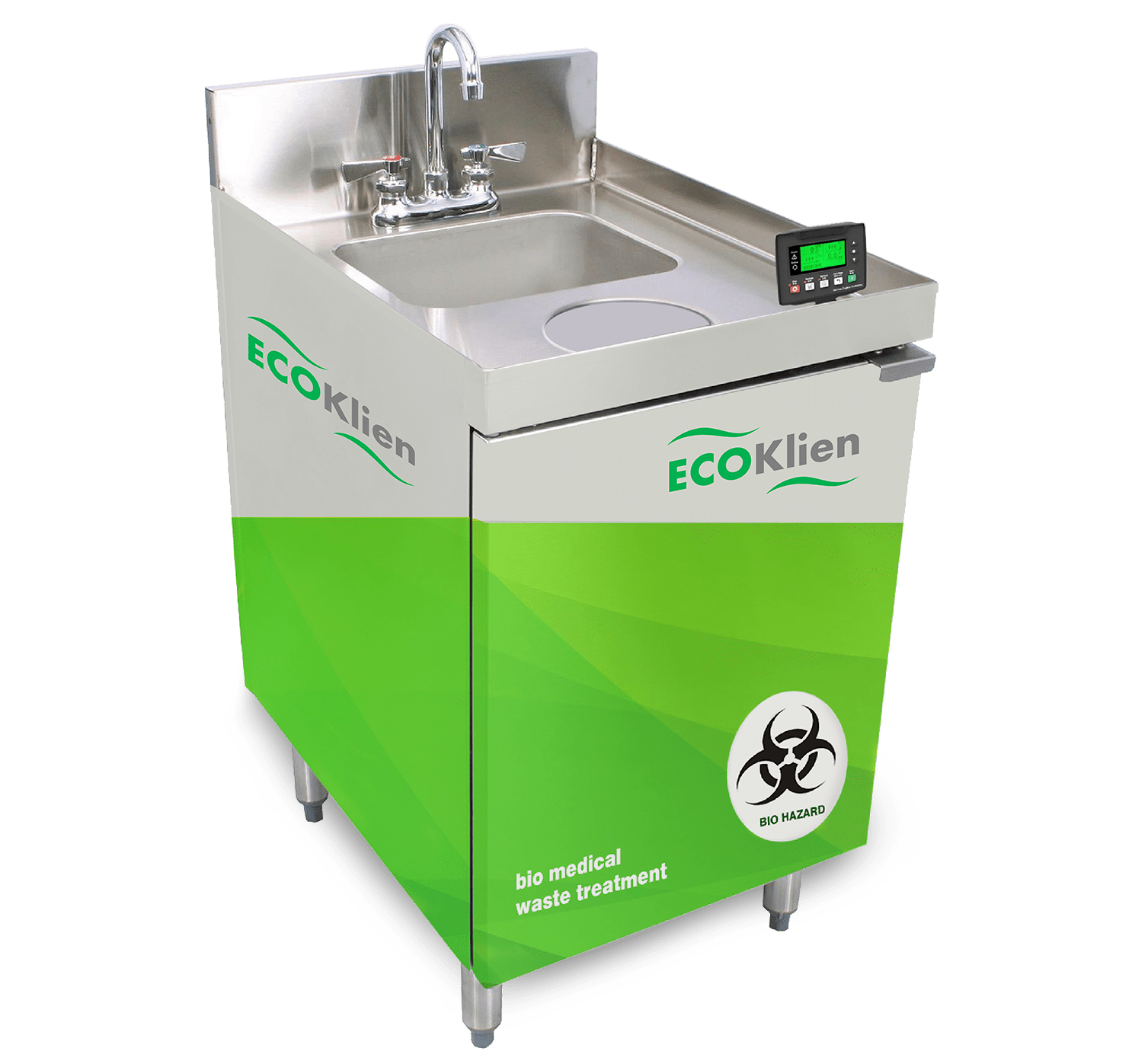Specialist Liquid Waste Removal Melbourne: Keeping Your Atmosphere Tidy
Specialist Liquid Waste Removal Melbourne: Keeping Your Atmosphere Tidy
Blog Article
How Liquid Garbage Disposal Functions: A Thorough Overview of Strategies and Technologies Employed

Review of Fluid Waste Kind
The complexity of liquid waste kinds necessitates a detailed understanding of their qualities and ramifications for disposal. Fluid waste can extensively be classified right into a number of kinds, including industrial, community, farming, and hazardous waste. Each group shows distinctive homes, calling for specific administration approaches to mitigate ecological and wellness dangers.
Industrial liquid waste originates from manufacturing procedures and usually includes a series of pollutants, such as heavy steels, solvents, and natural compounds. Community fluid waste, largely comprising wastewater from families and business facilities, contains raw material, nutrients, and virus (industrial wastewater treatment). Agricultural liquid waste, consisting of drainage from farms, may contain fertilizers, chemicals, and pet waste, presenting dangers to water top quality and communities
Unsafe liquid waste is defined by its poisoning, reactivity, or potential to create damage. This classification consists of materials like acids, bases, and certain chemicals that require rigorous handling and disposal procedures. Recognizing these varied liquid waste kinds is important for establishing efficient disposal techniques and making certain conformity with environmental policies. Appropriate classification and characterization are important for applying suitable therapy strategies and minimizing the negative influence on public health and the atmosphere.
Physical Treatment Techniques

Screening is the preliminary step, where larger particles and particles are removed from the liquid waste utilizing displays or grates. In sedimentation containers, larger bits settle at the bottom, developing a sludge layer, while the made clear liquid can be more dealt with.
Filtration is one more crucial technique that involves passing the fluid through permeable products, such as sand or membranes, to catch smaller sized particles. This action improves the quality of the liquid, making it ideal for subsequent treatment procedures.

Chemical Therapy Methods
Chemical therapy methods are necessary for efficiently handling fluid waste, especially in attending to dissolved and colloidal contaminants that physical approaches might not appropriately get rid of. These methods make use of numerous chemical agents to reduce the effects of, precipitate, or transform dangerous compounds into less dangerous forms.
One typical technique is coagulation and flocculation, where chemicals such as alum or ferric chloride are contributed to promote the aggregation of put on hold bits. This process enhances sedimentation, enabling for easier elimination of the resulting sludge. Additionally, oxidation processes, employing representatives like chlorine or ozone, are used to break down complicated organic compounds and find microorganisms, providing the waste much safer for discharge or more therapy.
Neutralization is one more crucial method, which readjusts the pH of acidic or alkaline waste streams to neutral degrees, protecting against potential injury to downstream systems and the setting. In addition, advanced oxidation procedures (AOPs) use mixes of oxidants and ultraviolet light to weaken relentless contaminants, accomplishing a higher level of therapy performance.
Organic Therapy Processes
Organic therapy processes play a vital function in the monitoring of liquid waste by using bacteria to decompose natural issue and decrease pollutant degrees. These processes can be broadly categorized right into cardiovascular and anaerobic treatments, each employing particular microbial neighborhoods to attain effective waste deterioration.
Aerobic therapy includes making use of oxygen to help with the malfunction of natural products by germs. This procedure is generally executed in triggered sludge systems, where aeration tanks supply a helpful environment for microbial development, causing the oxidation of natural toxins. The resultant biomass can be separated from dealt with effluent via sedimentation.
On the published here other hand, anaerobic treatment takes place in the lack of oxygen, counting on various bacteria to break down raw material. This technique is specifically beneficial for high-strength waste, as it generates biogas, a renewable resource source, while minimizing sludge manufacturing. Technologies such as anaerobic digesters are frequently utilized in industrial and municipal applications.
Both anaerobic and cardiovascular biological therapies not just decrease the environmental impact of fluid waste yet additionally assist in resource recovery, making them vital elements of lasting waste monitoring approaches. Their efficiency, performance, and versatility sustain their extensive application across numerous sectors.
Arising Technologies in Disposal
Ingenious methods to liquid waste disposal are rapidly developing, driven by developments in modern technology and an increasing focus on sustainability. Amongst these emerging modern technologies, membrane layer bioreactors (MBRs) have gained grip for their ability to integrate biological therapy with membrane layer purification, leading to premium effluent that can be recycled in various applications. MBRs make it possible for smaller footprints and more reliable procedures compared to traditional systems.
One more promising advancement is the usage of anaerobic food digestion combined with nutrient healing technologies, which not only deals with fluid waste however also produces biogas and recovers valuable nutrients like nitrogen and phosphorus. This dual benefit enhances resource effectiveness and minimizes environmental effect.
Furthermore, progressed oxidation procedures (AOPs) are being adopted for the deterioration of complicated natural contaminants. These techniques utilize powerful oxidants and catalysts to break down impurities at the molecular level, using a highly effective remedy for difficult waste streams.
In addition, the assimilation of artificial knowledge and equipment discovering in waste administration systems is optimizing operational performance and predictive upkeep, causing decreased expenses and improved ecological conformity. These technologies show a considerable change in the direction of more lasting and reliable liquid waste disposal practices.
Verdict
In conclusion, reliable liquid garbage disposal requires a detailed understanding of numerous strategies and technologies. The assimilation of physical, chemical, and organic treatment techniques guarantees the reliable management of diverse waste types. Additionally, the introduction of ingenious innovations improves treatment effectiveness and promotes sustainability in waste management practices. By continuously progressing these approaches, it becomes feasible to deal with visite site the growing challenges connected with liquid waste, ultimately contributing to ecological security and source healing.
Fluid waste disposal is a critical aspect of ecological management, needing a detailed understanding of various methods and innovations tailored to different waste types. Liquid waste can generally be categorized into numerous types, consisting of commercial, municipal, agricultural, and unsafe waste. Agricultural fluid waste, including drainage from farms, might include plant foods, chemicals, and animal waste, positioning threats to water top quality and environments.
Various physical treatment methods play an essential function in managing liquid waste effectively - industrial wastewater treatment.In final thought, efficient liquid waste disposal requires a comprehensive understanding of various strategies and modern technologies
Report this page